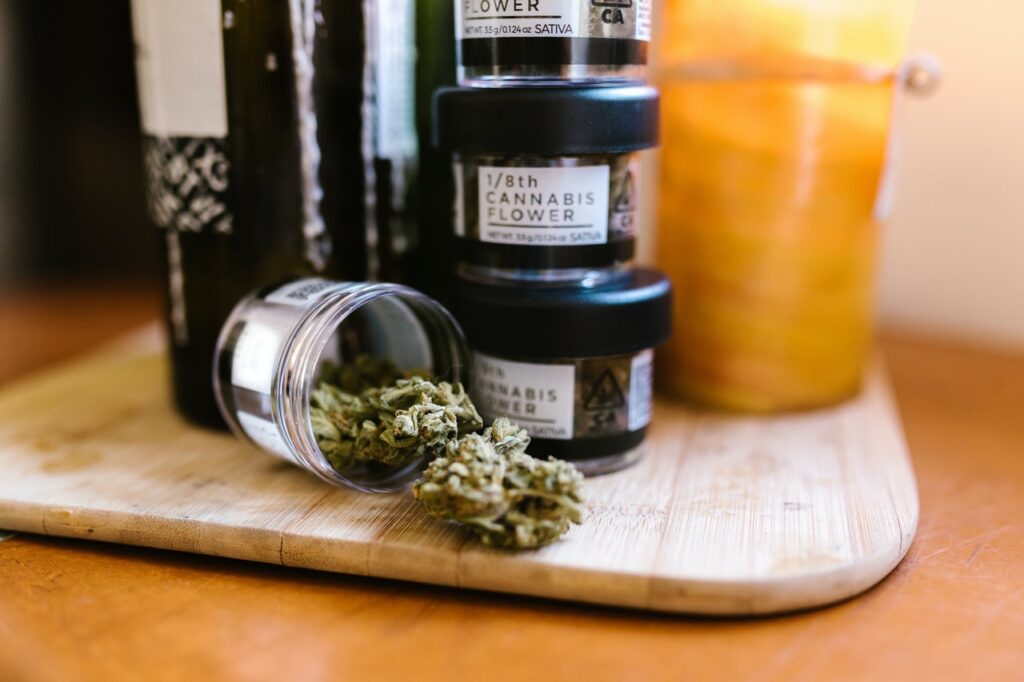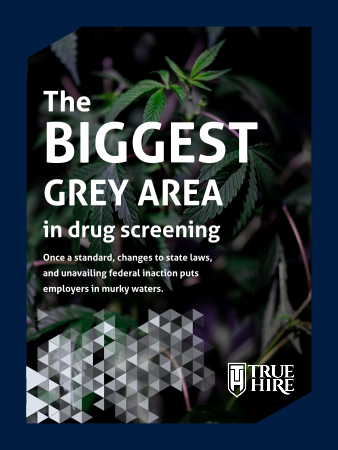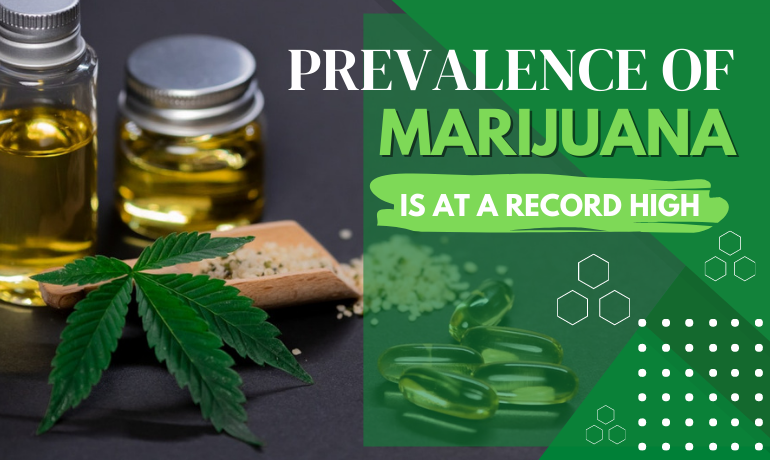Once a common practice by many companies and specific requirements relating to particular industries has now become a questionable part of pre-employment screening. Considering that 46 out of the 50 states have some form of marijuana laws on the books, or in legislation, it leaves employers anxious about how to compile a best practice for onboarding new employees.
Marijuana continued double-digit year-over-year increases in the general U.S. workforce, with lower positivity rates in states with only medical marijuana use or no form of legalized marijuana use versus states with legalized recreational statutes. Complicating the issues surrounding state marijuana legislation is the fact that the potency of marijuana today is higher than ever before. According to the National Institute on Drug Abuse, in 1992, the average concentration of THC in marijuana was 3.8%. In 2014, the average THC content rose to 12.2%.
Marijuana use disorder (CUD)
Physiological effects of marijuana include rapid changes in heart rate and blood pressure, dry mouth and throat, increased appetite, and decreased respiratory rate. Cannabis also affects the immune and endocrine systems, and abuse is associated with lung damage. Marijuana (or Cannabis) use disorder (CUD), also known as marijuana addiction, is defined as the continued use of cannabis despite having a persistent clinically significant impairment. Higher THC levels may explain the increase in CUD.

Federal and state laws for marijuana use
Despite the continued lack of approval by the federal government, the popularity of marijuana is undeniable. Since 1973, twenty-two states and the District of Columbia have decriminalized the possession of small amounts of marijuana. It is currently classified as a Schedule I controlled substance according to the 1973 Controlled Substances Act. Schedule I drugs are referred to as drugs with no currently accepted medical use but a high potential for abuse.
Although standards do exist for federally regulated vs. non-federally regulated companies, marijuana has gained increased public approval as a medical treatment. Research surrounding CBD is still in its early phases, but preliminary studies indicate that CBD may lend itself to medical and therapeutic uses. With no federal guidance on proper protocols, concerns about employee privacy, and an increased threat of unrealized litigation, many companies are trying to decide if they should stick with tradition in drug screening, or put into practice something new altogether.
Download our latest eBOOK

Once a common practice by many companies and specific requirements relating to particular industries has now become a questionable part of pre-employment screening.




